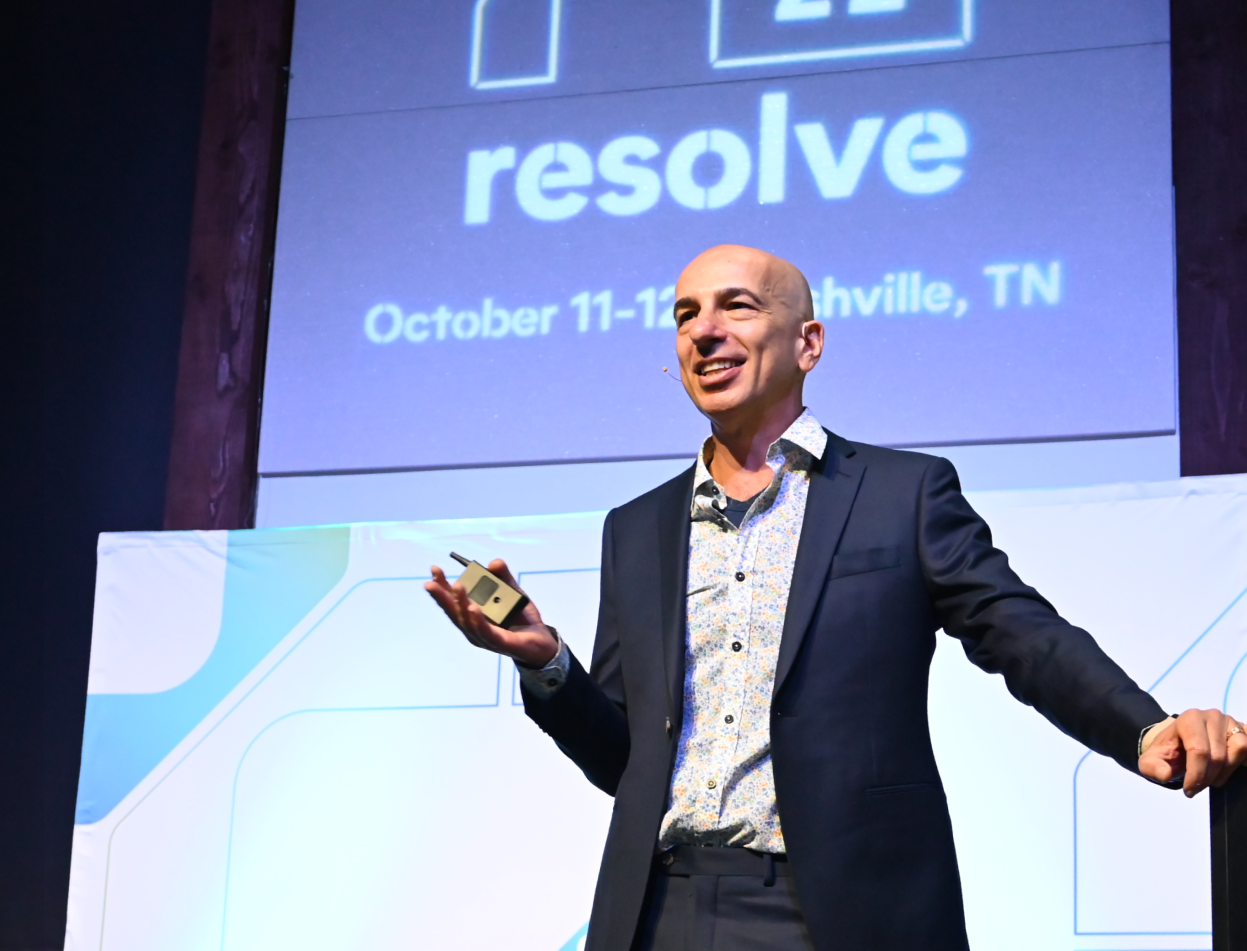Persistent hiring challenges and rising AI adoption in 2021 means two things for contact centers going forward: customer experiences will never be the same, and industry leaders must adapt.
While customers benefit from many aspects of digitization, many contact centers are experiencing increased staffing challenges as workforce management becomes more difficult every day.
Fortune reports that in September 2021, 4.3 million Americans voluntarily quit their jobs. Labor shortages are expected to remain high in 2022, too. In Fortune’s survey of CEOs, 73% report that labor/skills shortages will disrupt their business in 2022.
This trend has the potential to drastically disrupt customer experiences, agent morale, and contact center operations. What was already a turbulent industry has become even more difficult.
How can contact centers strategically address this issue? Below are highlights from our free guide “Preparing for Contact Center Agent Shortages in 2022”.
The Challenges
On the whole, contact center challenges come down to unpredictability. How long will hiring challenges persist? When will supply chain constraints cool off? Are pandemic-driven working conditions here to stay?
Customers are well aware of the overall challenges presented by the pandemic, but their patience only goes so far. Today’s customers increasingly expect more options and more high-touch, personalized experiences. Their brand loyalty is more at-risk than ever.
According to the 2021 Replicant Consumer Survey:
- 91% of consumers reported they have experienced poor customer service in the last six months
- 70% say it’s harder to reach a real person now than at the beginning of the pandemic
- 56% say the most common form of poor customer service was long wait times
Contact centers are at a crossroads. Choosing a strategy that solves today’s problems while setting their agents up for success in the long-term is key. Here are a few of the most common approaches.
Strategy 1: Improve Workforce Management Optimization
The complexities of 2021 have impacted agents as much as they have customers. Whether your contact center implements outsourcing, automation, or a combination of both, retaining your in-house talent should be a primary focus in 2022.
- Deflect to self-service. Provide customers with a coordinated journey for self-service to offload repetitive work from agents. But keep in mind that self-service options should not just deflect customers from live agents, it should provide exemplary CSAT scores by allowing them to choose their preferred channel – including the phone.
- Empower agents with data and support. The more customer information that can be provided to agents during calls and the more assistance they have in how to address or solve the issue, the easier it becomes to deliver satisfying results. Contact center platforms that automatically authenticate customers and provide relevant data to agents greatly improve retention rates.
Strategy 2: Hire a BPO to scale live support
The primary advantage of Business Process Outsourcing is that it’s a straightforward way to add live agents. Every BPO has their own pricing model, but for the most part, you pay for what you need without a long-term investment, no office overhead, and no employee HR costs.
The downside is that BPOs need to be trained in your business, but they’re not your employees. And, as they typically have high turnover, they may not deliver the same standards of CSAT as you would expect your own staff to provide.
You lose quite a bit of control over customer experiences when you use a BPO and, while they are good short-term solutions, they don’t solve long-term problems such as poor agent engagement or customer forecasting.
Strategy 3: Strategically deploy emerging AI technologies
According to our recent survey nearly 80% of consumers said they would speak to an AI agent to avoid long hold times. While 57% of consumers would speak with a conversational machine even if the hold time was only five minutes. We found that 44% of people say that they are more comfortable with AI-based customer service solutions now than they were before the pandemic because they’ve become accustomed to digital interactions.
Conversational AI has matured enough to be practical and helpful — while proving it can help agents work better and help customers resolve common issues. Initial fears that AI would eliminate human jobs remain unfounded.
- Conversational AI resolves 100% of tier-1 issues. Conversational AI uses natural language processing, machine learning, and big data to enable computers to converse in a human-like way. This can be via voice, SMS, or chat. Customers can express themselves as if they were talking to a human agent and, through speech recognition, conversational AI is able to respond to multiple intents and changing contexts. It is the closest thing there is to talking to a human.
- Benefits of conversational AI Conversational AI can be deployed within weeks, giving contact centers rapid automation for their most common inbound requests. And where BPOs still require staffing and call forecasting, conversational AI scales with your call volume, meaning you only pay for what you use, when you need it.
For a full breakdown of the benefits and considerations for each strategy, as well as key data points to consider when getting started with a strategy, download the full guide.





